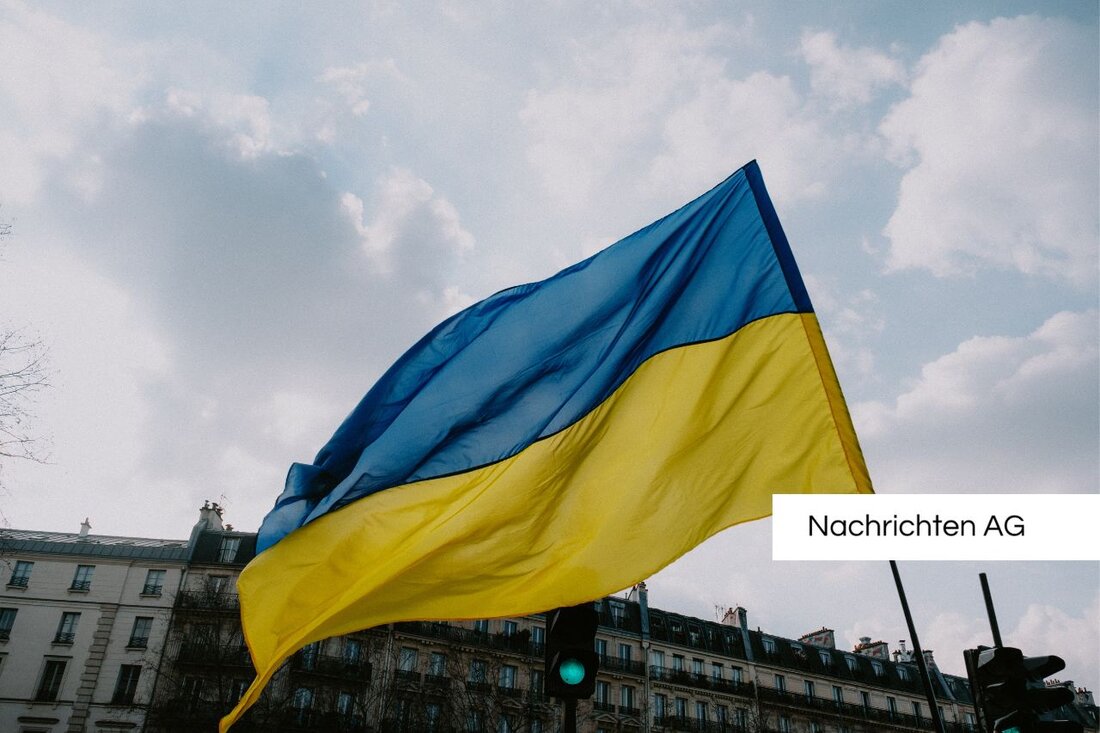Ukrainian refugees in Lower Saxony: Numbers explode dramatically!
Lower Saxony is recording an increase in Ukrainian refugees; new entry regulations and support offers explained.

Ukrainian refugees in Lower Saxony: Numbers explode dramatically!
There is currently a significant increase in Ukrainian refugees in Lower Saxony. According to the Interior Ministry, the number has almost tripled in just a few months. While around 1,000 refugees came to the region in August 2025, there were already around 3,360 in October. This development is also noticeable in the Hanover region and the city of Braunschweig, where many new residents have arrived since September. In the Harburg district, 15 to 20 Ukrainian refugees are registered every week. Am 16. November lebten insgesamt 119.203 Vertriebene aus der Ukraine in Niedersachsen, was einem Anstieg gegenüber den 114.353 Menschen aus August entspricht und auch im Vergleich zu rund 113.000 im Dezember 2024 bemerkenswert ist.
But what are the reasons for this increase? An important factor is Ukraine's relaxation of exit regulations for men aged 18 to 22 who are subject to military service, which was decided in August 2025. This step means that more young men come to Lower Saxony. The number rose from 7,000 at the beginning of September to 9,300 in mid-November. This is remarkable because while the total number of asylum seekers in Lower Saxony has fallen in recent years - due to closed refugee routes at the EU's external borders - we are now experiencing a completely different situation. The current refugee movement is very dynamic and varies worldwide.
The everyday life of refugees
Germany has created a comprehensive support system for Ukrainian refugees. Information on entry and residence is easily accessible. Refugees who enter Germany from Ukraine between February 24, 2022 and December 4, 2025 do not require a visa. They have a residence permit that is valid until March 4, 2026 - an automatic extension takes place without going to the authorities. They also receive social benefits and medical care, provided they can present a residence permit or certificate of fiction. There is also the possibility of bringing a family with you through visa-free entry.
Language courses are also available to make integration into society easier. Children and young people from Ukraine are entitled to free education and care. These are important steps to support the newcomers and promote their participation in social life. Access to education is essential, especially for little ones, in order to master the new beginning in a foreign country.
Uncertainties and challenges
Despite these positive developments, some challenges remain. Many of the newly arrived refugees decide to leave Lower Saxony again. Reasons for this include moving or not showing up at the existing registration offices. The federal government also plans to stop funding asylum projects with EU funds and to close a large mass accommodation facility, which could cause further uncertainty for refugees. Nevertheless, the municipalities still have room for maneuver to react to the volatile situation and secure adequate support.
Overall, the situation is complex and requires continuous adjustment of the relief measures. While the number of Ukrainian refugees continues to rise, it remains to be seen how Lower Saxony can deal with this challenge and what long-term solutions can be found. The commitment of those providing help and society is more important than ever in these times.

 Suche
Suche
 Mein Konto
Mein Konto